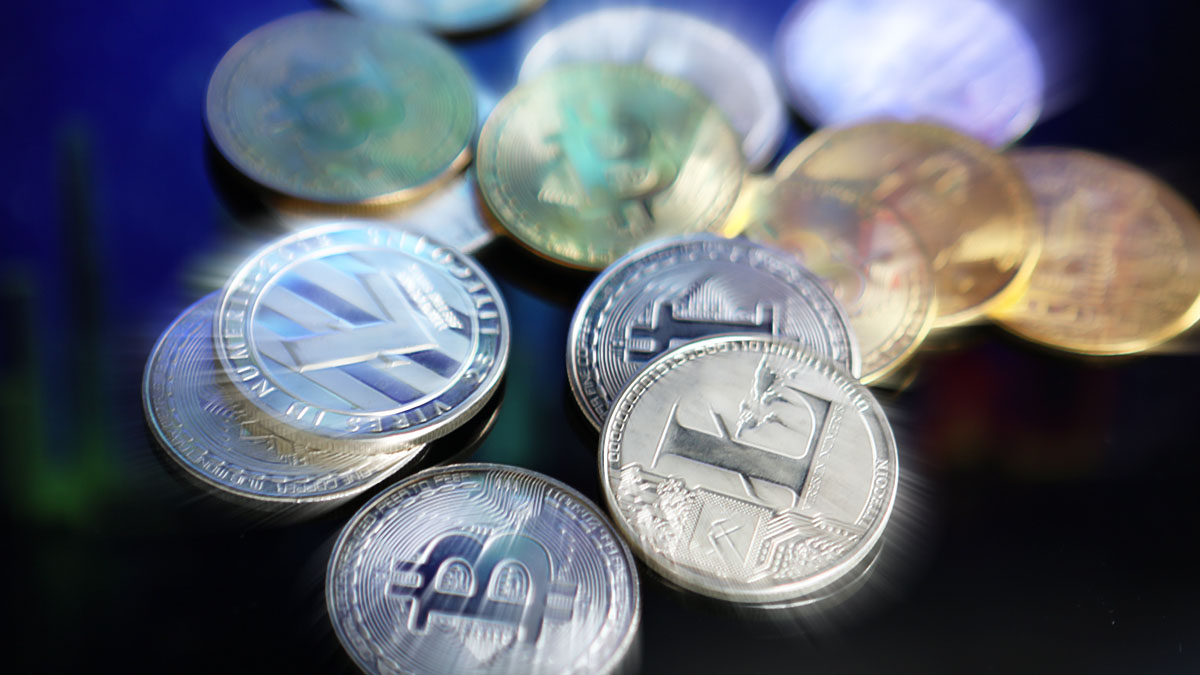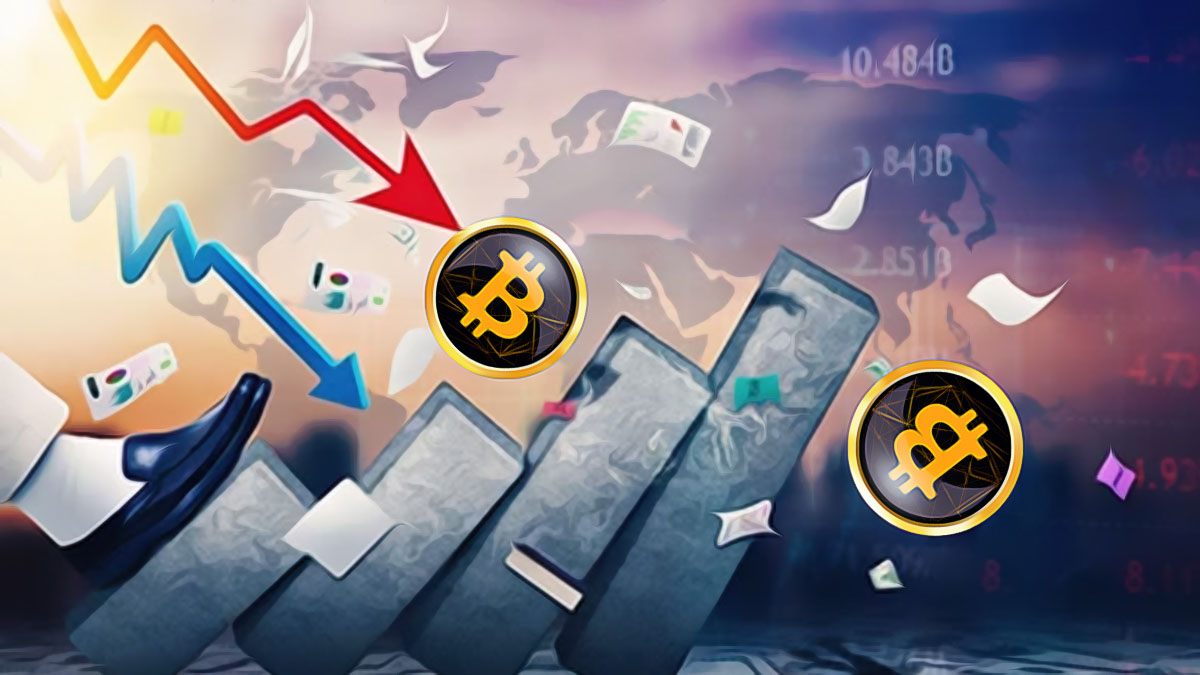As September closes its curtains, the cryptocurrency market, led by Ethereum, is caught in a whirlwind, witnessing an 8% descent. Historically, September often emerges as a dim month for cryptocurrencies, with Q3 usually steering towards a negative finale. As “Uptober” approaches, traditionally a strong month for crypto, anticipation lingers with skepticism as recent market fluctuations remind us that unpredictability is the only constant.
What Factors Influence Ethereum’s Market Presence?
This year has seen Ethereum rise by 20.5%, narrowly eclipsing Bitcoin‘s 16.8% growth. However, its market clout has dwindled from a nearly 22% share in late 2021 to 12.8% currently. Ethereum often acts as an indicator for altcoin trends, a poignant reminder as Bitcoin’s dominance sways. The altcoin universe, minus Bitcoin, has achieved a market cap of $1.84 trillion, outstripping its previous high.
How Does the Macro Environment Affect Crypto Trends?
Macroeconomic conditions significantly impact crypto investment behavior. The Federal Reserve’s recent interest rate actions have spurred cautiousness among institutional investors. This is evident in Ethereum ETFs registering notable outflows, a telltale sign of possibly shifting investor attitudes.
Major institutions like BlackRock and Fidelity have offloaded over $140 million in Ethereum, possibly indicating strategic profit-taking. As Ethereum’s Market Value to Realized Value (MVRV) ratio approaches critical thresholds, market watchers remain vigilant.
“Whenever Ethereum’s MVRV reaches certain levels, it can signal a potential market peak,” experts noted.
Regardless of these strategic exits, Ethereum retains its crown as the altcoin market leader, boasting significant influence in decentralized applications, real-world assets, and on-chain transactions, all amidst a flood of new tokens vying for prominence.
For buyers, the intricate dance of weighing possible gains against the array of altcoins remains unchanged. Ethereum may seem bulky to some, especially compared to nimble, smaller tokens promising quick — albeit risky — rewards. This complexity highlights the diverse crypto terrain, where investment spreads over thousands of ventures.
– ETF outflows and MVRV levels indicate ongoing caution.
– A strong U.S. dollar and global economic vagueness contribute to investor wariness.
– While some capital exits, its redistribution focuses on discerning allocations.
“Current trends show a shift towards more niche narratives and speculative opportunities,” analysts observed.
Ethereum’s demand is bolstered by Layer-2 solutions such as Arbitrum and Optimism, alongside continued DeFi relevance and the rise in stablecoin utility. Unlike prior years, dominated by themes like NFTs and DeFi booms, today’s crypto market lacks a singular captivating narrative. The emphasis is on DeFi, multi-chain solutions, and stablecoin integration into ecosystems.
The looming threat of global economic slowdowns remains a concern. Speculation is the lifeblood of cryptocurrencies, particularly for altcoins driven by investor momentum. Should recession fears materialize, cautious strategies may prevail, steering investors away from high-risk altcoins toward safer harbors like bonds or cash, further complicating the unpredictable crypto tapestry as “Uptober” looms close.
Disclaimer: The information contained in this article does not constitute investment advice. Investors should be aware that cryptocurrencies carry high volatility and therefore risk, and should conduct their own research.
















 English (US)
English (US)